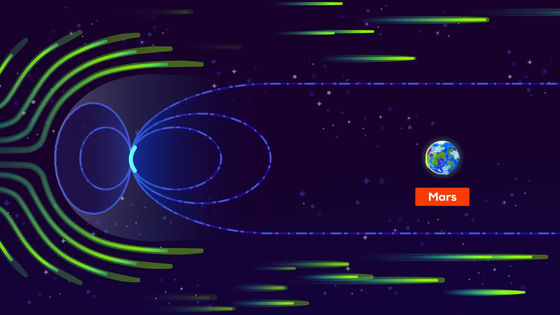What is necessary to perform 'terraforming' that makes Mars an environment like the earth?

Although
How To Terraform Mars-WITH LASERS-YouTube
Mars is very dry and lacks suitable soil for growing crops. Also, the atmosphere of Mars is thin, difficult to breathe, and constantly bombarded with radiation.

In order for Mars to become a habitable planet for humans, it is necessary to create an atmosphere similar to that of Earth, which is about 21% oxygen, about 79% nitrogen, and a few percent carbon dioxide, with an average temperature of 14°C and an atmospheric pressure of 1

We also need to create seas and rivers and make the soil fertile for living things.

Atmospheric production and soil formation are extremely difficult, but are said to be made easier with the use of giant lasers.

There is enough water in the subsurface of Mars and in the polar ice caps to form shallow oceans.

Also, minerals on Mars contain large amounts of oxygen and carbon dioxide.

To release these moistures and gases into the atmosphere, they would need to undergo

Currently, the most powerful laser on Earth is

To melt the surface of Mars, a laser with twice the power of the ELI-NP would have to operate continuously, which is insufficient for the ELI-NP.

The simplest method is to create a row of mirrors about 11 times the size of the United States in space that collects and irradiates enough sunlight to melt Mars.

When a laser hits the surface of Mars, it melts 8 meters of the surface, generating about 750 kg of oxygen and about 50 kg of carbon dioxide per cubic meter.

When the laser irradiation ends, the ashes of elements such as silicon and iron fall as snow, and the moisture in the ground and the ice caps in the polar regions turn into water vapor to form clouds and rain over the entire planet.

This rain works to remove harmful gases and harmful elements such as chlorine from the atmosphere, forming oceans that are saltier than on Earth.

It is said that it is necessary to continue irradiating the laser for about 50 years to create an atmosphere containing oxygen.

However, the resulting atmosphere is composed of almost 100% oxygen, is difficult to breathe, is highly flammable, and is difficult for humans to live in.

To create an atmosphere similar to Earth's, we need to bring nitrogen to Mars from Saturn's moon

Transporting nitrogen would require building massive factories that would suck the atmosphere on Titan, compress it, and fly it to Mars.

It takes about 100 years from the start of terraforming to form an atmosphere similar to that of Earth.

Now that the atmosphere and the sea have been completed, there is no living thing like the desert, and it is necessary to create a new

First, phytoplankton are released into the sea and propagated.

After that, the marine ecosystem is completed by breeding zooplankton and fish.

On the other hand, it is very difficult for terrestrial organisms to reproduce. Plants need nutrients on the surface of the planet to thrive, but there is no nutrition on the surface of Mars.

Therefore, it is necessary to grow

It will take hundreds of years for Mars to become a stable environment, and finally the environment where humans can live is ready.

However, unlike Earth, Mars' core does not have a magnetic field, making it difficult to protect itself from

Therefore, we introduce a method of installing a huge superconducting ring powered by nuclear power far in front of Mars and deflecting the solar wind sideways.

Mars terraforming requires a huge amount of work and resources, and is said to take hundreds to thousands of years. Kurzgesagt says, 'Terraforming is the first step towards our star-filled future.'
Related Posts:







